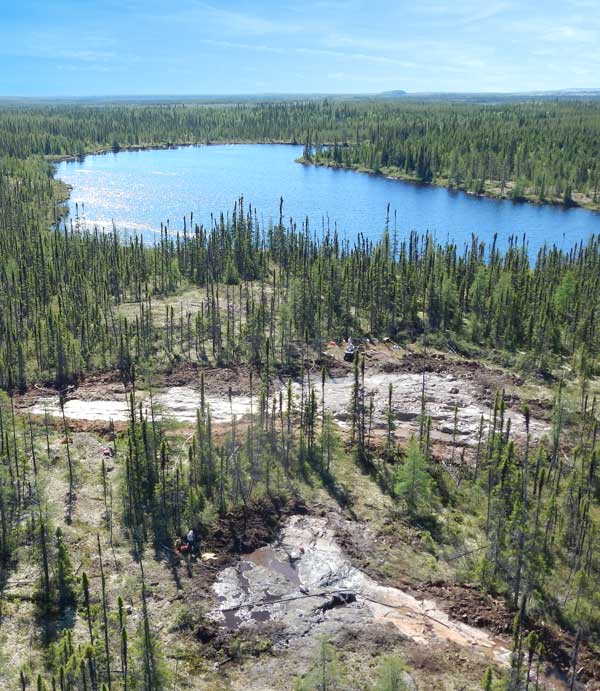Iron ore powers to highest since 2014 as Vale crisis intensifies

Iron ore futures surged more than 5 percent to hit the highest level since 2014 on concern that the increasingly severe crisis at top producer Vale SA will curtail global supplies, tightening the seaborne market and offsetting the impact of a slowdown in China, the largest importer.
Vale invoked force majeure earlier this week after a judge forced it to suspend some operations at its Brucutu mine in Brazil — a move that it said would result in an annual production loss of 30 million tons. That’s on top an earlier reduction of 40 million tons following a deadly dam burst. In addition, Vale’s license to operate a dam at Brucutu was revoked by a state regulator.
This week’s drama has played out as the most important iron ore user has been offline, with Chinese markets closed for Lunar New Year
Iron ore has been supercharged since late January after the dam burst in Brazil, which killed at least 150 people and rattled the mining industry. The exact extent of the lost production isn’t clear as Vale has said it’ll be able to offset some of the impact by boosting supply from other sites. As the crisis has intensified, banks have raised their price forecasts, with Citigroup Inc. boosting its 2019 estimate 40 percent to $88 a ton and raising the possibility that the disruption to Vale’s operations may yet worsen and could last for years.
Major risk
A major risk is that the Brucutu operation may be “the first of many of Vale’s mines to see its production halted,” and there’s also the prospect that tighter regulations may affect supplies from other miners, Citi said in a note, outlining its bull case, which carried a 30 percent probability. Vale’s production will slump 40 million tons this year, the bank estimates.
Futures advanced as much as 5.8 percent to $94 a ton in Singapore, the highest since August 2014, and traded at $92 at 2:55 p.m. So far this week, prices are 8.9 percent higher after surging 14 percent last week.
This week’s drama has played out as the most important iron ore user has been offline, with Chinese markets closed for Lunar New Year. When the country’s exchanges resume on Monday, it should help set iron ore’s direction more decisively after an initial period of yuan-based prices catching up.
“Steel mills in China need security of supplies 24/7, and it’s hard to tell how long this situation will go on,” said Philip Kirchlechner, director at Iron Ore Research Pty. “We’re in an unusual situation where it’s in the middle of Chinese New Year.”
Goldman’s view
Goldman Sachs Group Inc. warned that there would be “significant disruption” to Brazilian supplies in the near term, and prices are expected to be elevated and volatile as production elsewhere cannot be adjusted quickly enough to offset shortages, according to a report from the bank.
Still, Goldman said that further out, prices of about $90 would not be sustainable as miners outside Brazil, especially in China, are expected to ramp up output. It sees the price back down at $60 in 2021.
Shares in Australian miners Rio Tinto Group, BHP Group and Fortescue Metals Group Ltd. fell on Friday even as iron ore surged above $90 a ton. Over the full week, the trio remain higher, with Rio posting the fourth weekly gain in five.
(By Jake Lloyd-Smith and Krystal Chia)
Click here for complete coverage of the dam burst at Vale’s Córrego do Feijão mine
More News
California start-up launches next-generation magnesium production technology
May 28, 2025 | 03:09 pm
{{ commodity.name }}
{{ post.title }}
{{ post.date }}


Comments